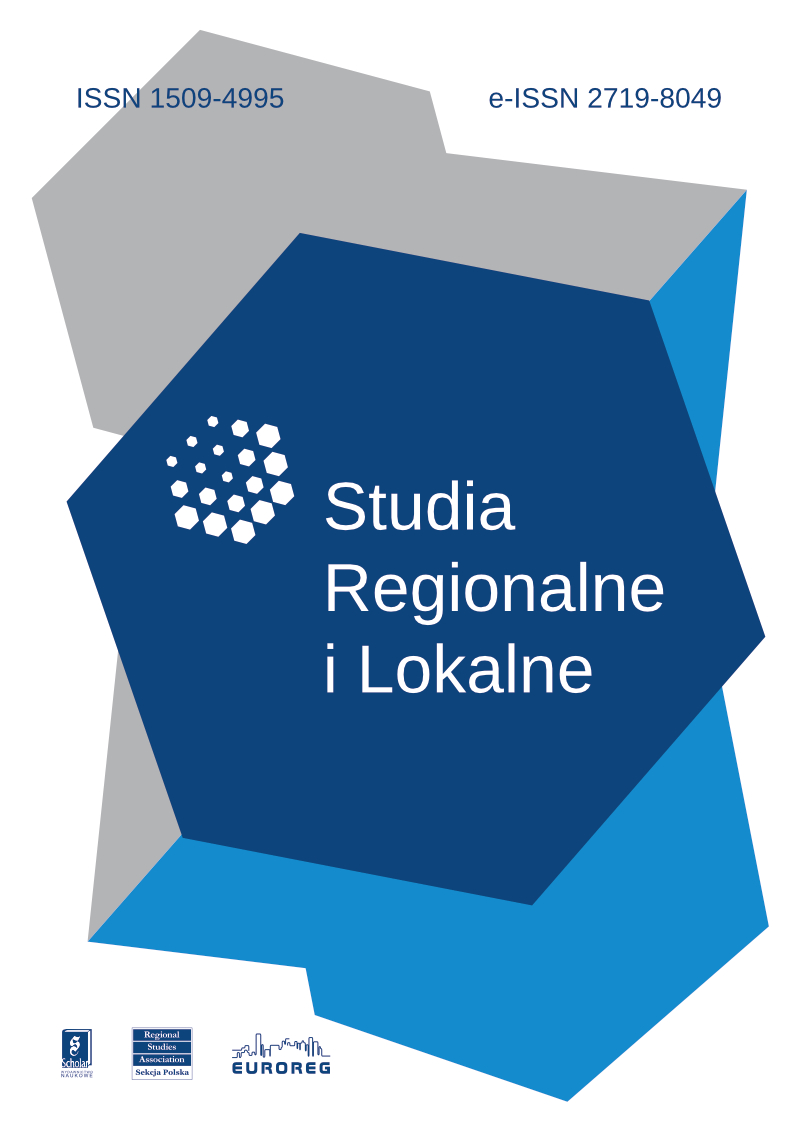Fragmentaryzacja przestrzeni publicznej – próby rekompozycji
Publiczna przestrzeń epoki ponowoczesnej jest zlepkiem nieciągłych funkcji, zbiorem luźno powiązanych fragmentów, coraz częściej bez związku z miastem. Ludzie komponują sobie własne miasto z indywidualnych trajektorii, wyznaczanych trasami samochodowymi. Neoliberalna logika rozwoju miasta uznaje zasadę spontaniczności w miejscach, gdzie dominują interesy grup dużego kapitału, spychając na margines jedno z ważniejszych zadań współczesnej urbanistyki – ochronę i rozwój przestrzeni publicznej. W związku z kryzysem, jaki obecnie przechodzi (presja komercji), podejmuje się próby przywracania jej znaczenia społecznego i przestrzennego. Celem przeobrażeń jest powiązanie przestrzeni publicznych z szerszym otoczeniem (z terenami otwartymi, strefami nadwodnymi, ciągami spacerowymi, placami zabaw etc.). Rekompozycja jest częścią procesu odnowy, dzięki której udaje się scalić miasto i odtworzyć tożsamość miejsca wszędzie tam, gdzie nie rezygnuje się z relacji, w jakie współczesna architektura może wejść z użytkownikami i otoczeniem.
Fragmentation of the Public Space – An Attempt at Recomposition
Public space of the post-modern epoch is a conglomerate or blend of discontinuous functions, a collection of loosely connected fragments, increasingly more frequently unrelated to a city. People compose for themselves their own town from individual trajectories that are outlined by means of motor roads. Neo-liberal logic of city development recognizes the rule of spontaneity wherever the interest of big capital groups dominates, pushing onto the sidelines the more important task of contemporary urban planning – the protection and development of public spaces. Due to the crisis it is undergoing at present (commercial pressure), the efforts are taken to regain its social and spatial significance. The purpose of these transformations is bonding public spaces with broader surroundings (with open terrains, waterside zones, promenades, playgrounds, etc). These changes use programmed connections, contacts, passages, links, connecting areas and other relations that invest new sociological and cultural meanings into public spaces. The integration process gives positive results in numerous cities of Western Europe. One of them, perhaps the most essential, is development of more attractive and deeper relationships of inhabitants with their urban environment. Although the task fails to be easy (integrating tendencies compete with inclinations for disintegration), it is an important step towards the enhancement of urban life quality. The evidence can be numerous discussions and conferences on the issue of public space.



